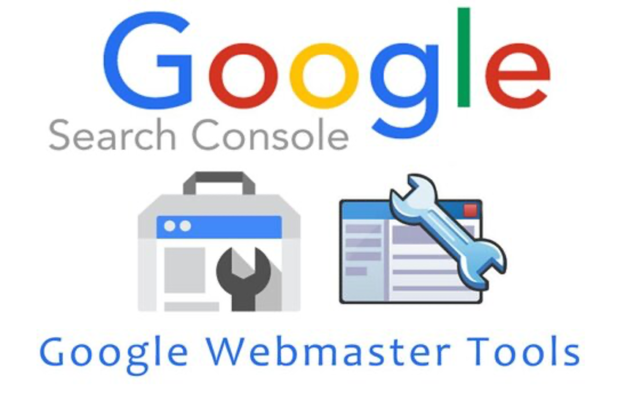
Tracking technologies measure physical store activity. People are measured by the time spent at a particular location.
Tracking solutions measure demand, service, and customer engagement. They are responsible for forecasting, location marketing, scheduling, queue management, and sales operations. They enable retailers to be more productive and profitable.
Why Care About Tracking People
Analytics in retail is the biggest challenge. A physical store can be managed using data from People Tracking Technologies.
Location Analytics, InStore Analytics, and Behavior Analytics rely on People Tracking. The solution tracks the person by location, and by time.
We measure customer engagement in zones and displays in Location Analytics. People Counting detects the number of people entering and leaving the store.
The number of cashiers active to prevent queueing is predicted in Queue Management. Labor Analytics optimizes the schedule. All systems relating to physical stores are covered by InStore Analytics.
Whatever the provider, the business value is the deciding factor. The businesses benefit from changing behaviors.
Tracking versus People Counting
Object tracking includes detecting, recognizing, and tracking people. Additionally, advanced analytics and machine learning may be used.
People Counting. People are counted using detection technology. Video analytics and time of flight are among the technologies involved.
The data output is an In/Out count. It is common to deploy door-counters and other “crossing the line” scenarios. Calculating Sales Conversion is the main benefit.
Image Recognition. Various imaging technologies exist, from facial recognition to detecting heads. Besides people Track Tech, we use the tech to advertise on Facebook.
People Tracking. Tracking refers to moving objects. Detecting an object, and recognizing it as a “person”, leads to tracking. Measuring the path of a person is important.
Tracking requires Good Enough Accuracy. We also have switching and precision errors besides over- and under-counting. Since wireless devices collect tracking data, sensors are rarely used. Individuals can be tracked by their smartphone signals.
Location Analytics. These technologies both count and track people. For a complete store analysis, both sensor-based and device-based tracking is provided by the solution provider (see below).
Sensor vs. Device-Based Solutions
Laser and thermal sensors are among the types of sensors available. The device is tracked using WiFi, GPS, and BLE.
Sensors and device-based solutions complement each other. There are benefits and challenges to each technology. Accuracy is important in sensors. The range of wireless technologies is distinctive.
It’s not just about technology. Push notifications are the primary goal of BLE Beacons (Location Marketing). Devices are tracked over distances with WiFi. Mobile applications are used to calibrate Magnetic Resonance tracking. 3D Video sensors handle complex frontline queues. Driverless cars rely on Vision Analytics.
There is also the factor of data integration. In real time, multiple store systems are connected. The concepts of consistency and validation differ with each technology.
Note on Analytics: Two important factors to remember. This data represents an individual’s behavior based on tracking from a device.
Conversion rates are thus statistically based. Also important in tracking is predictive analytics. Tracking solutions rely on expertise in advanced analytics.
The Technologies to Track People
Tracking the market changes at the speed of these words. No preference is given to a technology or a solution provider.
Here is a summary of selected people tracking technologies.
Vision Analytics
Vision Analytics recognizes patterns in images. AI software converts images into data, context, and action. The output is not the image, but its description.
Its technology claim to fame was recognizing cats using the Stanford Vision Lab. Driverless cars and deep-learning imaging use the technology.
3D Stereo Video Analytics
A stereo sensor is designed for accuracy. Objects are viewed in three dimensions by cameras and processors working together. Height, mass, speed, and direction data improve counting accuracy. The technology filters out sunlight and shadows since they have no depth.
Using this architecture, objects can be tracked over time. It allows for accurate behavior in high traffic. For frontline queue management, 3D Video Sensors are preferred.
Monocular Video Analytics
Single lens cameras capture images with monocular sensors. Data counts are the output of the sensor.
Door-counting with monocular devices is 90% accurate in 90% of stores. Depth is a challenge for monocular devices. A baseline picture is compared to the real-time images.






